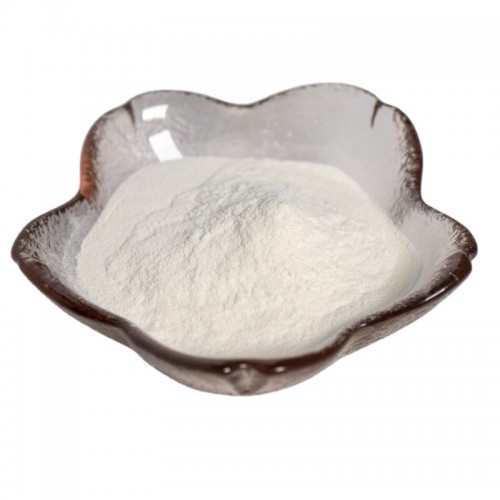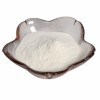



Pterostilbene is found in almonds, various Vaccinium berries, grape leaves and vines and blueberries. While resveratrol is under
research for its potential properties from consuming wine and other foods or beverages, pterostilbene is also found in wine
although it is not as well researched as its analogue.
Pterostilbene is a stilbenoid chemically related to resveratrol. In plants,it serves a defensive phytoalexin role. The possible biological effects of pterostilbene are being examined in basic research involving laboratory models of several disorders,including age-related cognitive decline.
| ITEM | SPECIFICATION | TEST METHOD |
| Active Ingredeints | ||
| Assay | NLT 98% Pterostilbene | HPLC |
| Physical Control | ||
| Identification | Positive | TLC |
| Appearance | White powder | Visual |
| Odor | Characteristic | Organoleptic |
| Taste | Characteristic | Organoleptic |
| Sieve Analysis | 100% pass 80 mesh | 80 Mesh Screen |
| Moisture Content | NMT 1.0% | Mettler toledo hb43-s |
| Chemical Control | ||
| Arsenic (As) | NMT 2ppm | Atomic Absorption |
| Cadmium(Cd) | NMT 1ppm | Atomic Absorption |
| Lead (Pb) | NMT 3ppm | Atomic Absorption |
| Mercury(Hg) | NMT 0.1ppm | Atomic Absorption |
| Heavy Metals | 10ppm Max | Atomic Absorption |
| Microbiological Control | ||
| Total Plate Count | 10000cfu/ml Max | AOAC/Petrifilm |
| Salmonella | Negative in 10 g | AOAC/Neogen Elisa |
| Yeast & Mold | 1000cfu/g Max | AOAC/Petrifilm |
| E.Coli | Negative in 1g | AOAC/Petrifilm |